Cats have long been intriguing companions to humans, characterized by their mysterious behavior and independent nature. Despite their aloof reputation, cats possess a complex sensory system that allows them to interpret various cues from their human guardians. Understanding how cats perceive the world around them, including human emotions, requires exploring their unique sensory abilities and behavioral traits.
Cat Sensory Capabilities
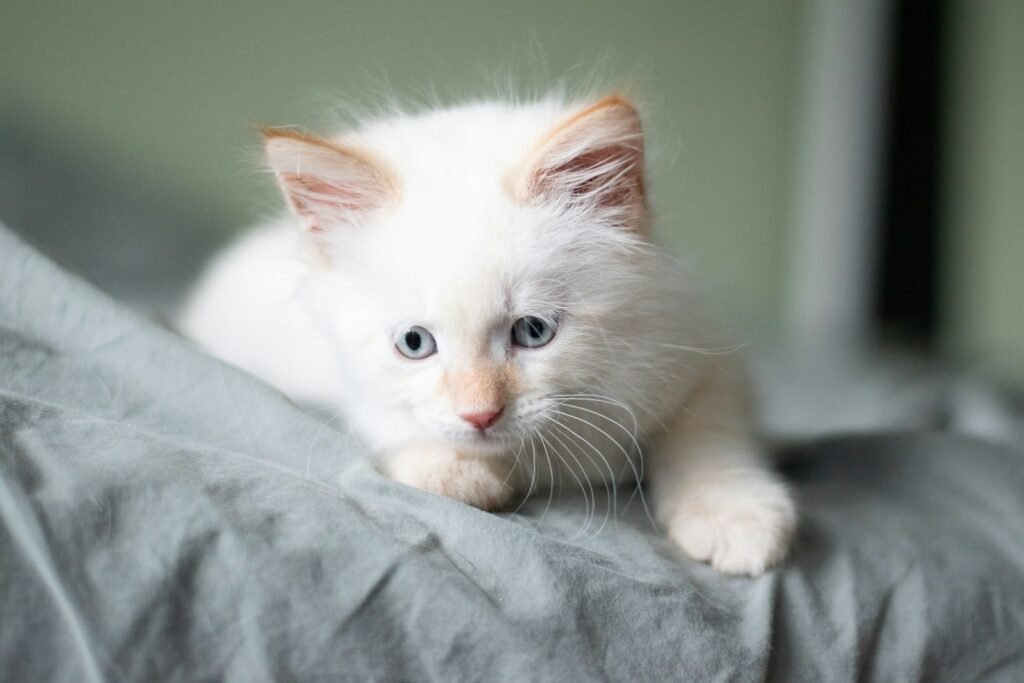
Cats rely heavily on their acute senses—vision, hearing, smell, and touch—to navigate their environment. These abilities play a crucial role in how they interpret human emotions.
Vision and Body Language
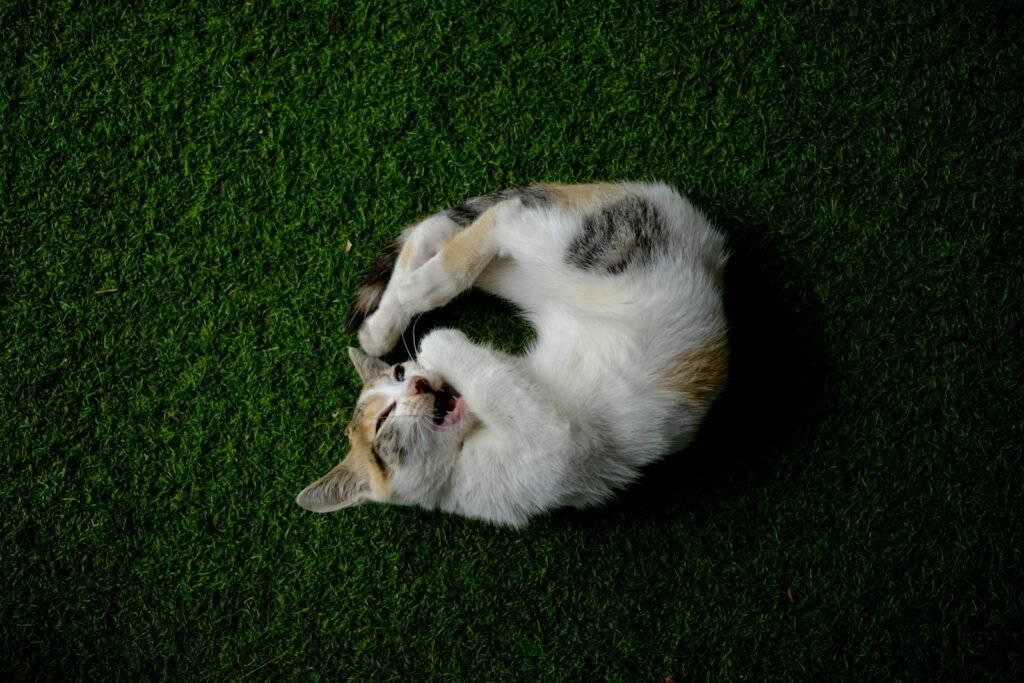
Cats are highly observant creatures, adept at detecting subtle changes in body language. While their color vision is relatively limited, their ability to perceive movement and interpret gestures is exceptional. They often use visual cues, such as facial expressions and posture, to infer human emotions.
The Role of Hearing
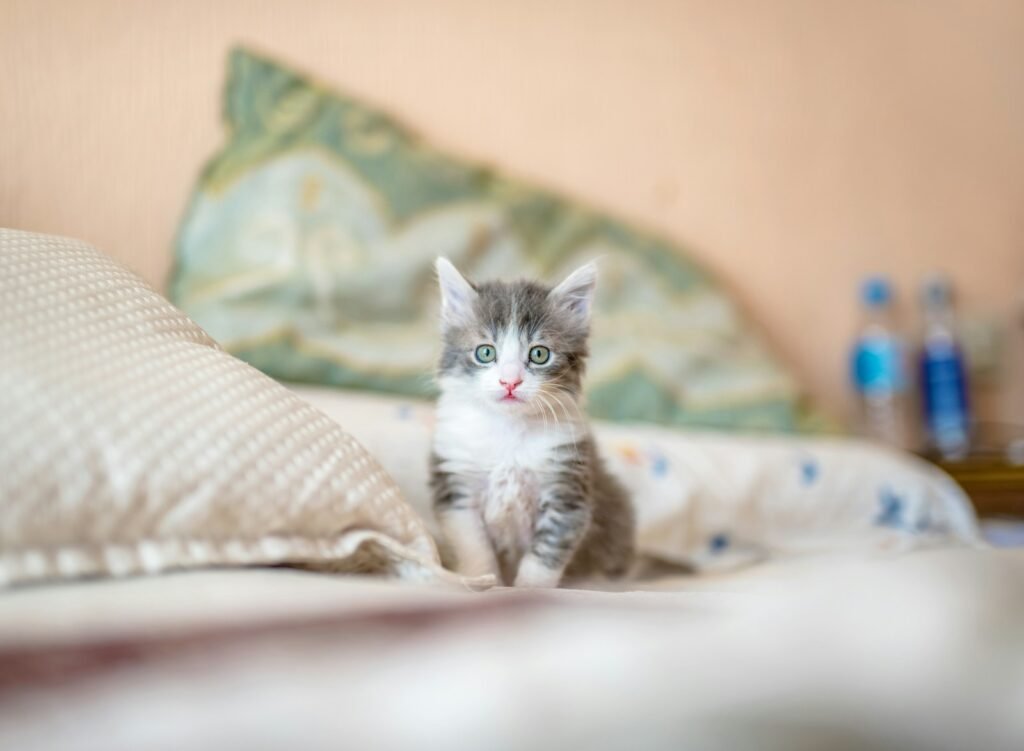
With a hearing range surpassing that of both dogs and humans, cats are attuned to vocal tone and inflection. The pitch and volume of a human voice can convey a wide range of emotions, and cats are capable of picking up on these auditory signals to differentiate between joy, anger, or distress.
The Power of Scent
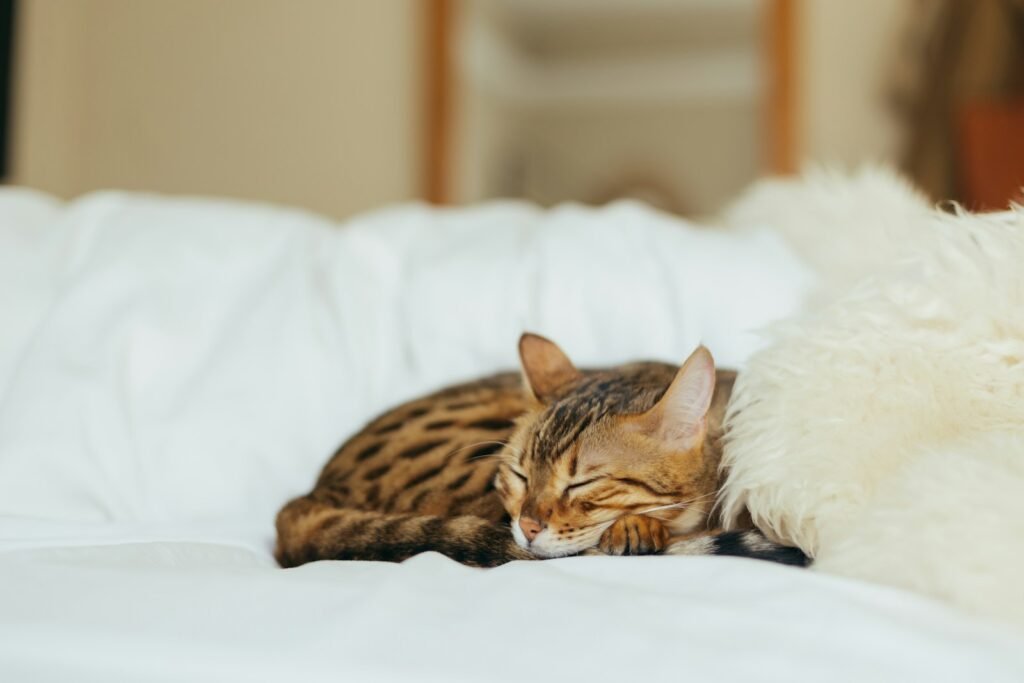
Cats possess an extraordinary sense of smell, which they use to gather information about their surroundings and the people within it. They can detect pheromones and other chemical signals that humans may emit when experiencing strong emotions, helping them gauge the mood and emotional state of their human companions.
Understanding Emotional Contagion
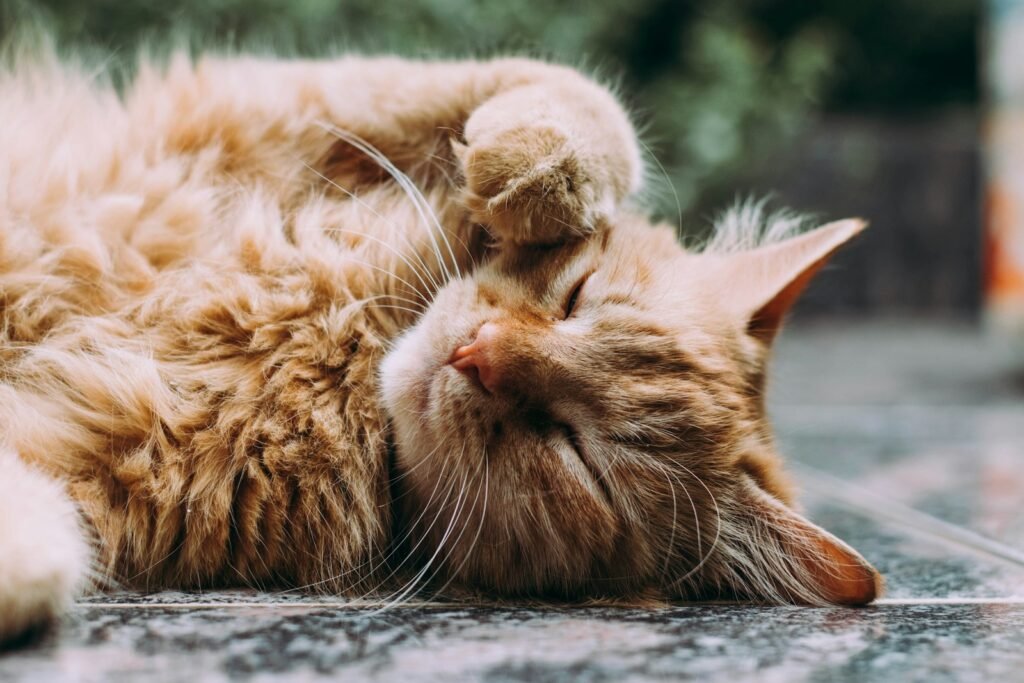
Research suggests that cats may experience a phenomenon known as emotional contagion, where they mirror the emotions exhibited by humans. If a human is visibly stressed, their feline friend may become anxious as well. Conversely, a calm and relaxed demeanor in humans can have a soothing effect on cats.
Body Language of Cats
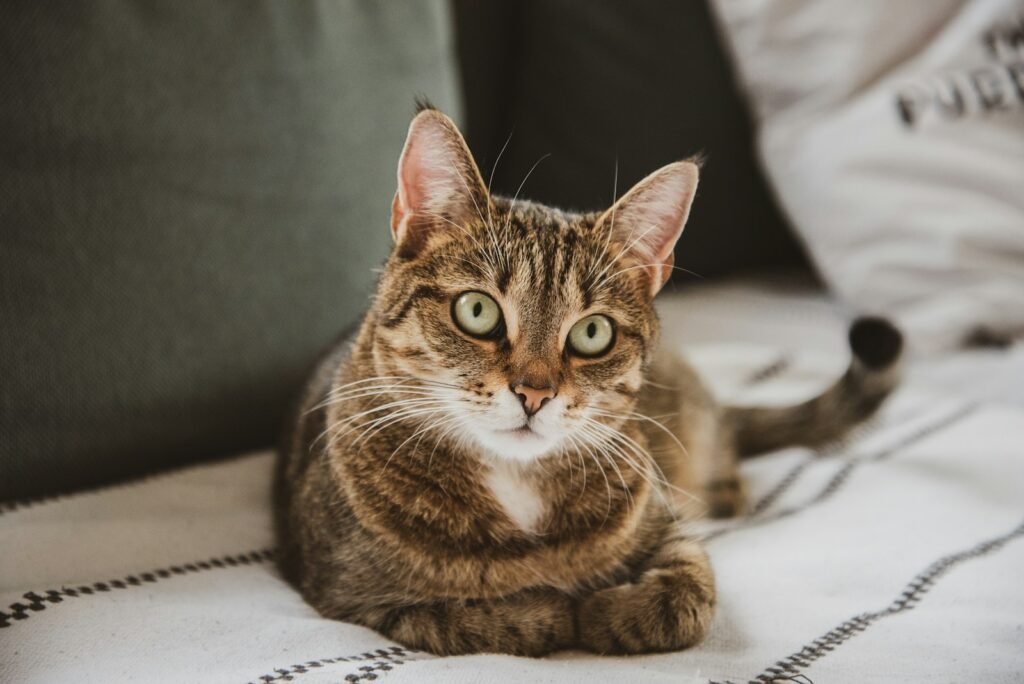
Cats themselves communicate through a rich tapestry of body language. By understanding feline signals, humans can better interpret their cats’ responses to their own emotions. Purring, slow blinking, and head bunting are just a few ways cats express their emotional state and affinity toward humans.
Facial Recognition in Cats
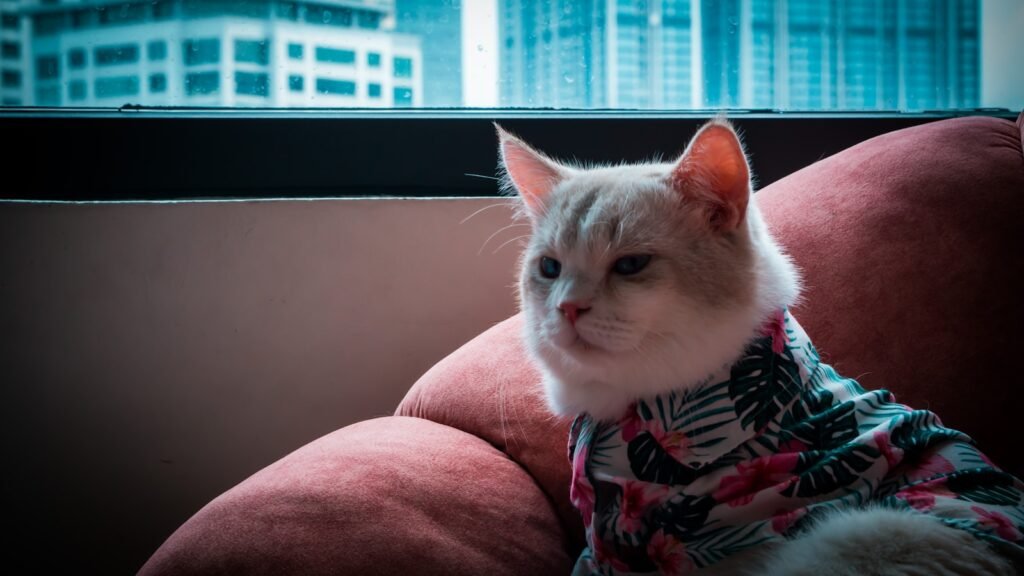
Studies have shown that cats can distinguish between different human facial expressions. While they may not interpret these expressions in the same way humans do, they can differentiate between a smile and a frown and are likely to respond accordingly, either by engaging or retreating.
The Impact of Human Interaction
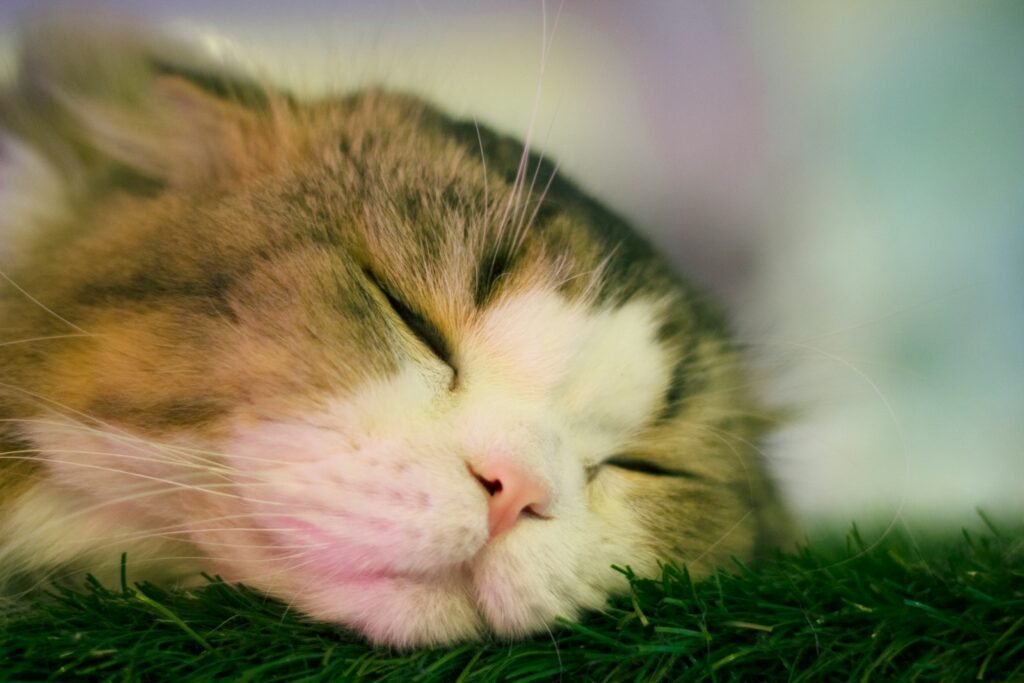
Cats are observant animals that learn through interaction and experience. Consistent positive interactions with humans can help cats develop a better understanding and recognition of their guardian’s emotional states. Over time, cats can become more attuned to the distinct behaviors and expressions associated with different emotions.
Building a Stronger Bond
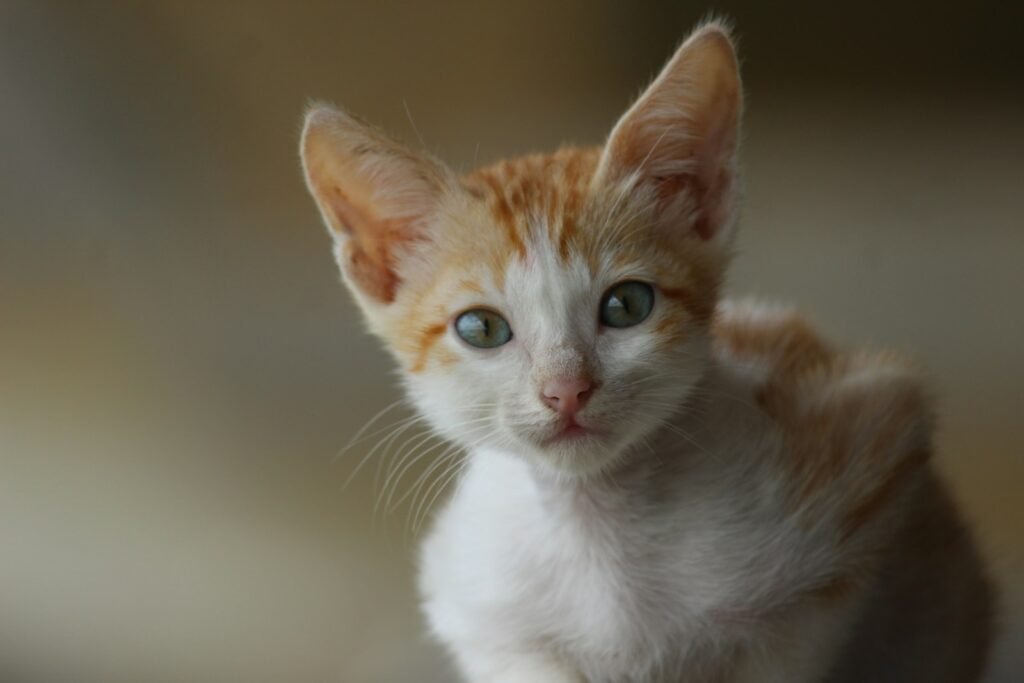
Understanding how cats interpret human emotions can strengthen the bond between cat and owner. By paying attention to a cat’s cues and responding appropriately, humans can foster a relationship built on trust and empathy. This mutual understanding enriches both the human and feline experience, creating a harmonious living environment.
Concluding Thoughts

While cats may not interpret human emotions in exactly the same way humans do, there is a growing body of evidence suggesting that they are capable of recognizing and responding to various emotional cues. By appreciating and respecting the unique ways in which cats perceive emotions, we can deepen our relationships with these fascinating animals and ensure their well-being as cherished members of our families.
Hi, I’m Bola, a passionate writer and creative strategist with a knack for crafting compelling content that educates, inspires, and connects. Over the years, I’ve honed my skills across various writing fields, including content creation, copywriting, online course development, and video scriptwriting.
When I’m not at my desk, you’ll find me exploring new ideas, reading books, or brainstorming creative ways to solve challenges. I believe that words have the power to transform, and I’m here to help you leverage that power for success.
Thanks for stopping by, Keep coming to this website to checkout new articles form me. You’d always love it!






